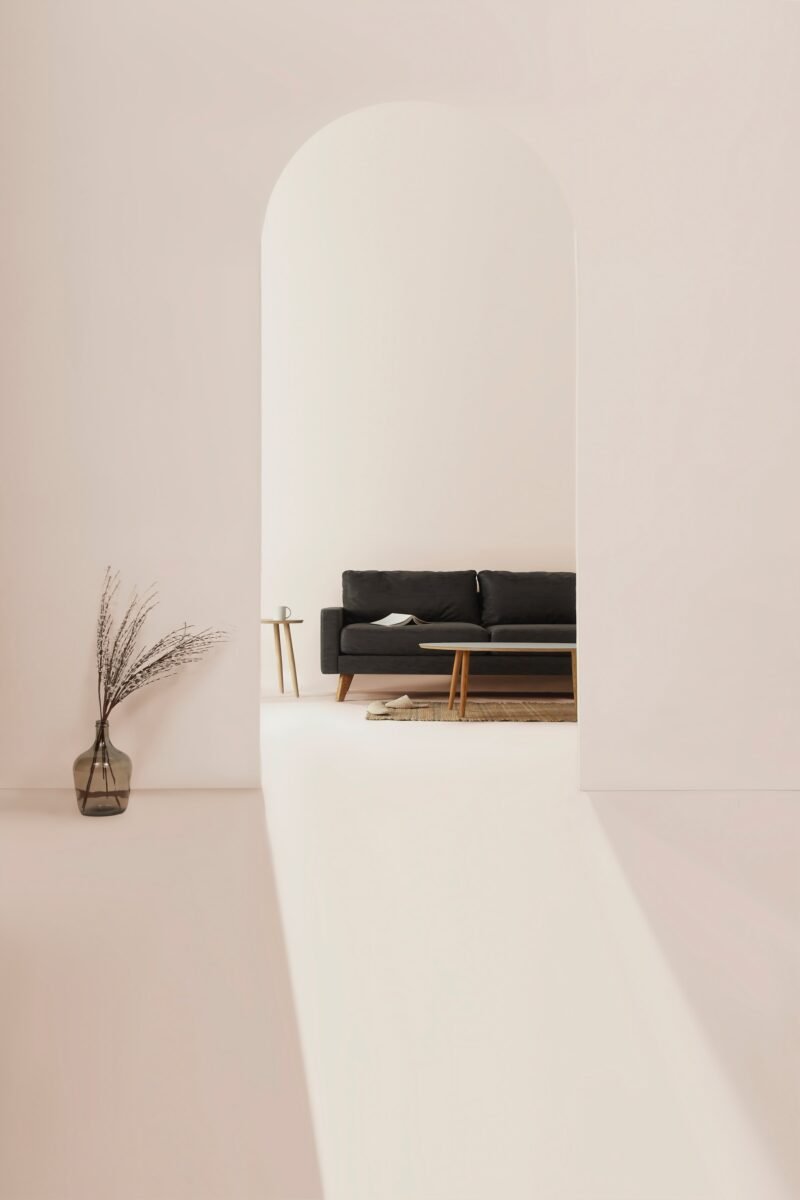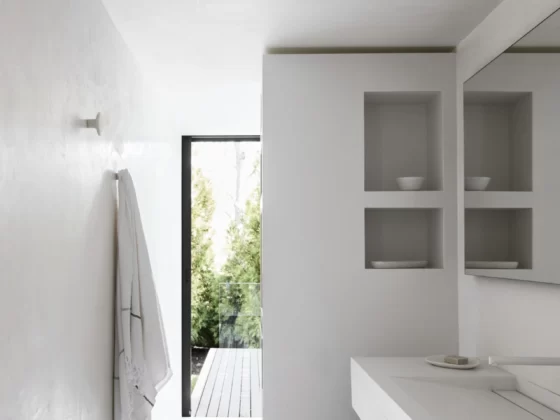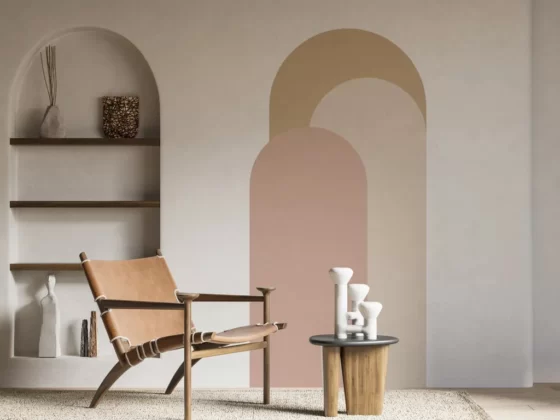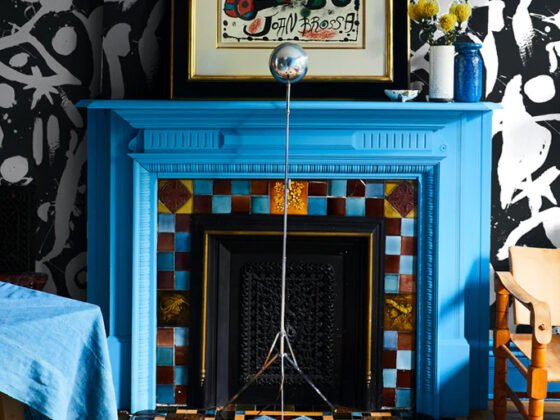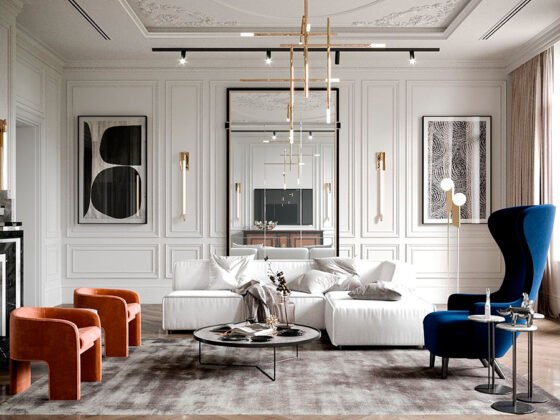The visual aesthetics of recent decades can be described as creating design based on the principles of “non-existence”. In all areas of life – be it art, lifestyle, fashion, industrial or interior design – the need to keep only the most necessary details was expressed, thus following the trend of minimalism, which is widely loved in the world, but at the same time strongly criticized.
Minimalism is based on the idea that everything around us should be reduced to the most necessary details, but the question naturally arises, who can really decide what is necessary and when there are too many details? Bearing these questions in mind and taking into account the fact that in recent years radical changes have taken place in people’s culture of consumption and daily lifestyle, it can be said that the trend of minimalism will continue, only slightly changing its form.
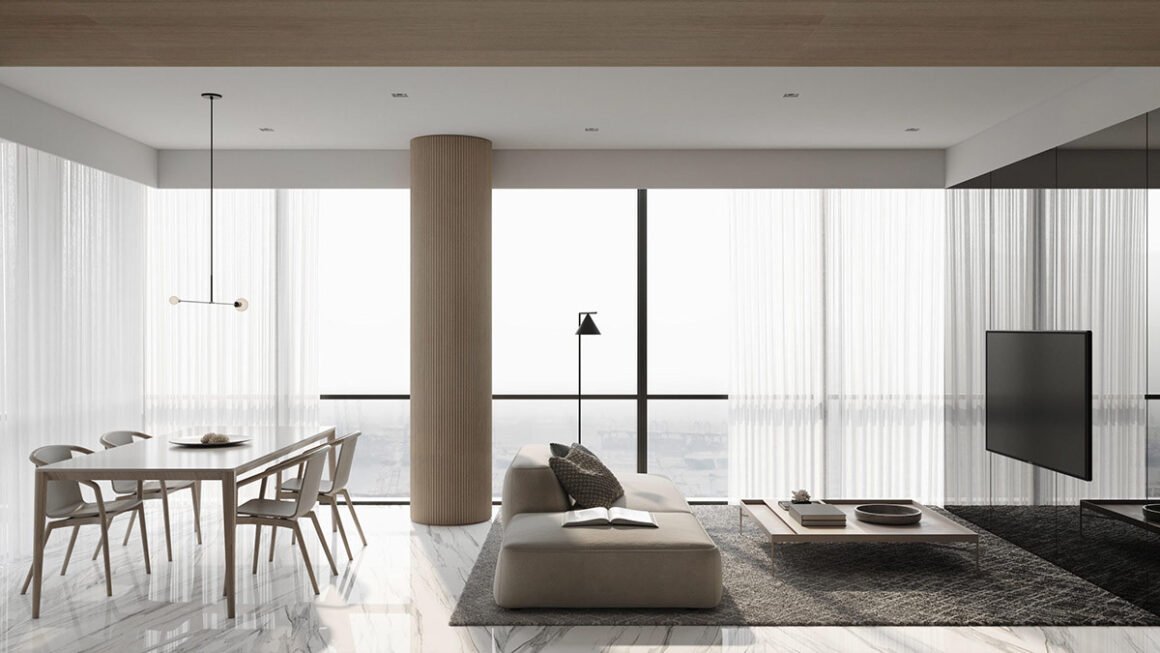
Minimalism is an art movement that began to take shape after the Second World War as a reaction to the modernism and abstract expressionism of the time. Artists wanted to move away from the emotional and expressive qualities of these genres, which they saw as a distraction from art itself, creating what they believed to be the “purest form of beauty.” In 1960s in the fields of visual arts, music and industrial design, the term ‘minimalist’ was widely used, which meant abandoning ornamentation and other decorative elements, leaving only essential details.
Meanwhile, in architecture, minimalism manifested itself as the reduction of spaces or structures to basic elements. This trend became popular in the late 1980s between London and New York, when the owners of fashion boutiques asked architects to design spaces by minimizing amounts of additional objects and furniture in it, leaving empty spaces, using white tones, cold lighting – in such way focus would be on fashion and clothing.
The very idea of minimalism originated from the Zen philosophy in traditional Japanese design, Bauhaus and De Stijl movements. According to other sources, minimalism was a response to industrialisation and rapid urban growth, which was supposed to act as opposite to the hustle and bustle of big cities.
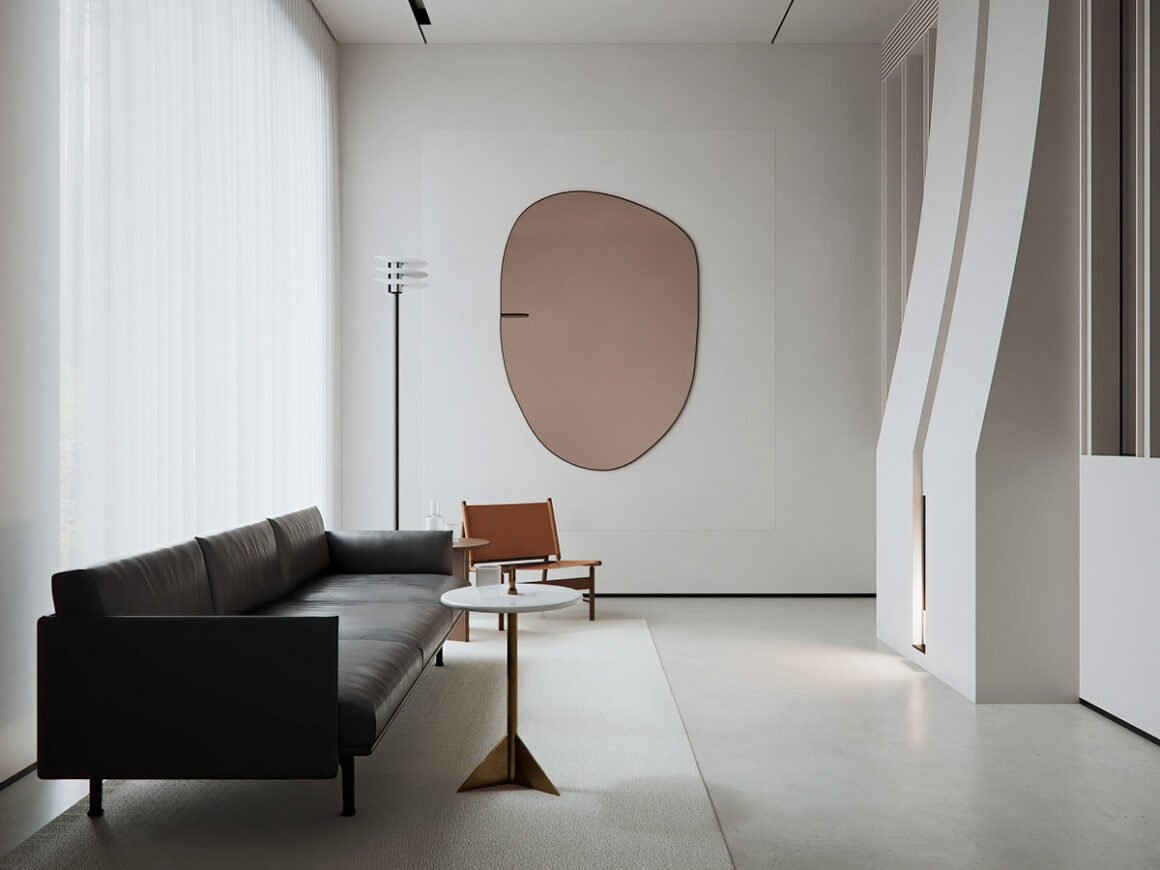
Until the beginning of the 21st century, minimalism took the world by storm, spreading so widely, that it became a symbol of inspiring and luxurious living. The interior was dominated by sleek design and clean lines, conveying a sense of timeless simplicity and chic taste. Priority was given to cleanliness and orderliness. The main colour palette included white and other neutral colours and were complemented with different tones and textures that gave the design some character. Taking inspiration from Scandinavian design, designers began to combine natural finishing details such as wood and stone with simple geometric shapes, a monochrome colour palette and other functional elements. Soon after, minimalism became a global discipline that encouraged living more with less – “in such culture of consumption, minimalism has always been a bit “made up”.

Although minimalist design has always been very popular, it has also been heavily criticised for being cold and soulless. For many, it was a way to shut out the chaos of the outside world and enter an oasis of peace. However, others did not feel an emotional connection with this style, which failed to reflect their lively and boisterous personalities. However, in 2020 the world finally saw a big boost in society’s “aesthetic journey”. There was a trend towards natural, energetic and eclectic interiors, where rooms can be colourful and crazy, full of things that don’t fit together, which is the point of being unique.
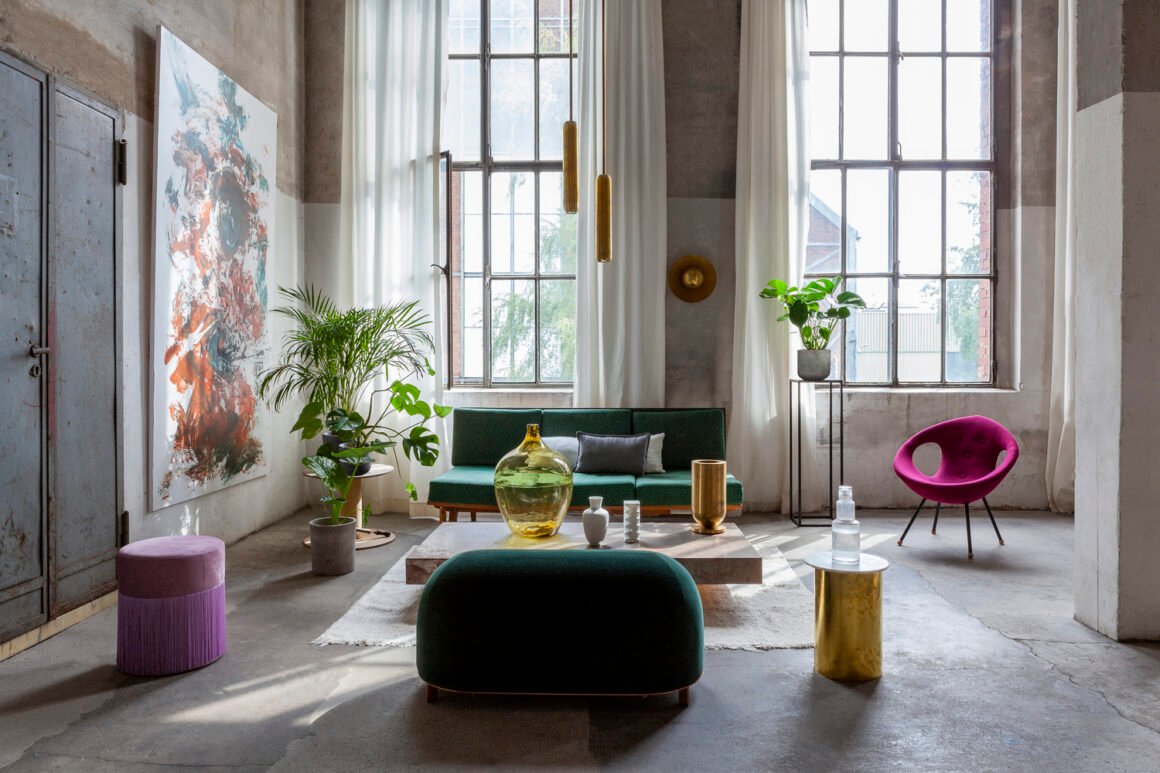
It is obvious, style is constantly changing and new/reworked fashions are usually introduced every year, but the pandemic is believed to have been one of the main factors contributing to this change. It’s no wonder that after many months of quarantine, people felt the desire to add warmer tones to their interior palettes and infuse more energy into the home space. A black and white life has become no longer desirable. People craved plants, textures and accessories that reflected their personality. This introduced styles such as Japandi and Organic Modernism, which borrowed stylistic elements from Japanese and Scandinavian designs and enlivened them with natural features and materials, giving a second life to monotonous design. Designers have also begun to borrow design elements from other countries, such as colour palettes, patterns or traditional accessories, transforming their spaces into mini holiday homes.
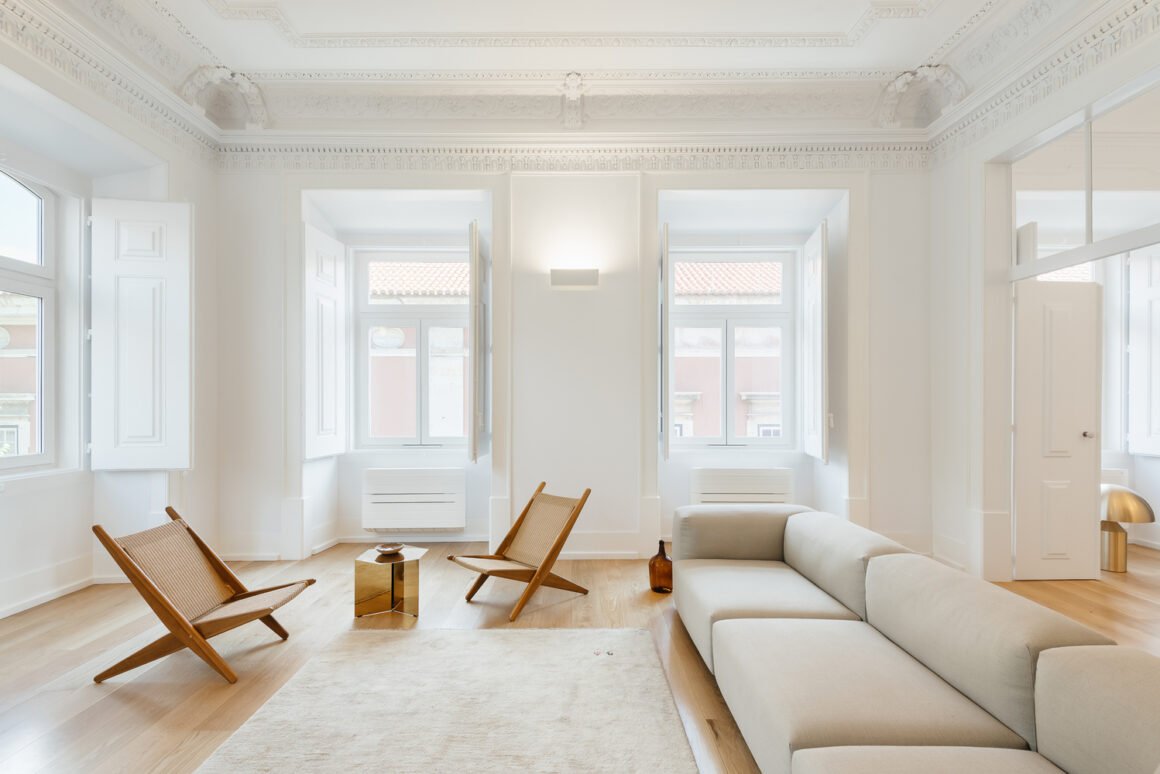
A slightly exaggerated response to minimalism can be called maximalism, which has also grown over the past couple of years. Maximalism is often described as a subconscious, sociocultural reaction to the historical political implications of minimalism. The increase of individualism and access to resources makes the maximalist’s home a representation of what he is, what has stuck with him from the places he has visited, what is his cultural perception, cultural heritage, and his life interests. It is an expression, that celebrates personal taste and embraces people for who they really are and where they come from.

